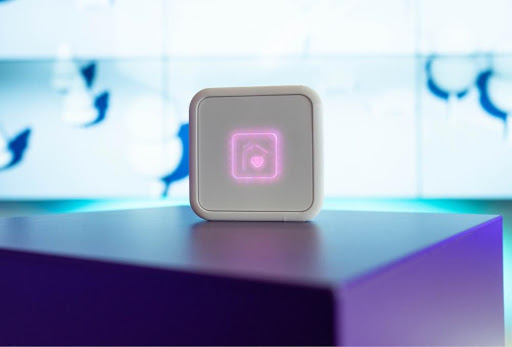Heartbeat technology is an innovative and revolutionary new approach to solar energy that has the potential to revolutionize the industry.
With the latest advances in energy management, this technology can provide users with a more efficient way to monitor and control the performance of solar installations.
As the world moves towards the use of renewable energy sources, heartbeat technology can help to reduce losses in production and maintenance costs.
In this article, we will be exploring some of the advantages that heartbeat technology can offer.
What Is Heartbeat Technology?
Heartbeat technology is an intelligent, automated monitoring and control system that uses sensors and data analytics to optimize the performance of solar installations.
This technology helps to track the health of individual components within a solar energy system, allowing operators to identify issues before they become major problems.
The Heartbeat Platform has harnessed the power of Artificial Intelligence (AI) and self-learning algorithms to make sure you get the most out of your rooftop solar energy production.
By leveraging weather forecasts, it can accurately determine when is best for charging or discharging any devices in your home.
In simple words, heartbeat technology provides a complete picture of your solar energy system making it more efficient and reliable.
How Does Heartbeat Technology Work?
The Heartbeat Platform uses an array of sensors to gather data on the performance of rooftop solar systems. This information is then processed using advanced analytics which helps to detect any potential problems, like low-voltage or overloading issues.
Once a problem is identified, this technology can take proactive measures to prevent further damage, such as adjusting the output of the solar panels or notifying the operator of the issue.
This ensures that any problems are quickly addressed before they become major issues, reducing downtime and increasing the lifespan of the solar system.
Moreover, heartbeat technology can also help to optimize energy production by predicting weather patterns and adjusting the solar panel’s output accordingly.
This not only maximizes energy production but also helps to reduce energy waste. It can ultimately result in lower energy costs.
Advantages of Using Heartbeat Technology
Here are some of the key benefits of using heartbeat technology in solar energy:
1. Increased efficiency
By monitoring and controlling the performance of individual components within your solar system, heartbeat technology can help to ensure that you get the most out of your rooftop solar array.
This not only maximizes efficiency but also reduces energy waste and lowers your electricity bills.
Furthermore, heartbeat technology can also help you to identify areas where you can further reduce your energy usage. For example, by analyzing your energy consumption patterns, operators can identify energy-hungry appliances and take steps to reduce their usage.
2. Reduced downtime
Heartbeat technology can detect any issues with your solar system before they become major problems. This allows operators to take proactive steps to prevent further damage.
This helps to reduce the amount of time spent on repairs, meaning your solar system is up and running faster.
3. Remote monitoring and control
Heartbeat technology also allows for remote monitoring and control of your solar system. This means that operators can keep an eye on the performance of their system from anywhere. This allows for better energy management even when you’re away from home.
4. Improved safety
Thanks to the data collected by heartbeat technology, operators can ensure that their solar system is running safely and efficiently.
This helps to reduce the risk of damage or injury from an overloaded electrical system. Although it is important to always take safety precautions when dealing with electricity, regular monitoring can help to prevent any accidents.
5. Helps to reduce carbon footprint
In addition to the benefits mentioned above, using heartbeat technology in solar energy can also help to reduce your carbon footprint.
By monitoring and optimizing the performance of your solar system, you can reduce your reliance on traditional power sources that produce harmful greenhouse gas emissions.
Conclusion
In conclusion, using heartbeat technology in solar energy provides a range of benefits for homeowners and businesses alike. If you are planning to go green, using this tech is one of the best things you can do. With modern technologies like AI and self-learning algorithms, heartbeat is sure to create a positive impact on the environment.

